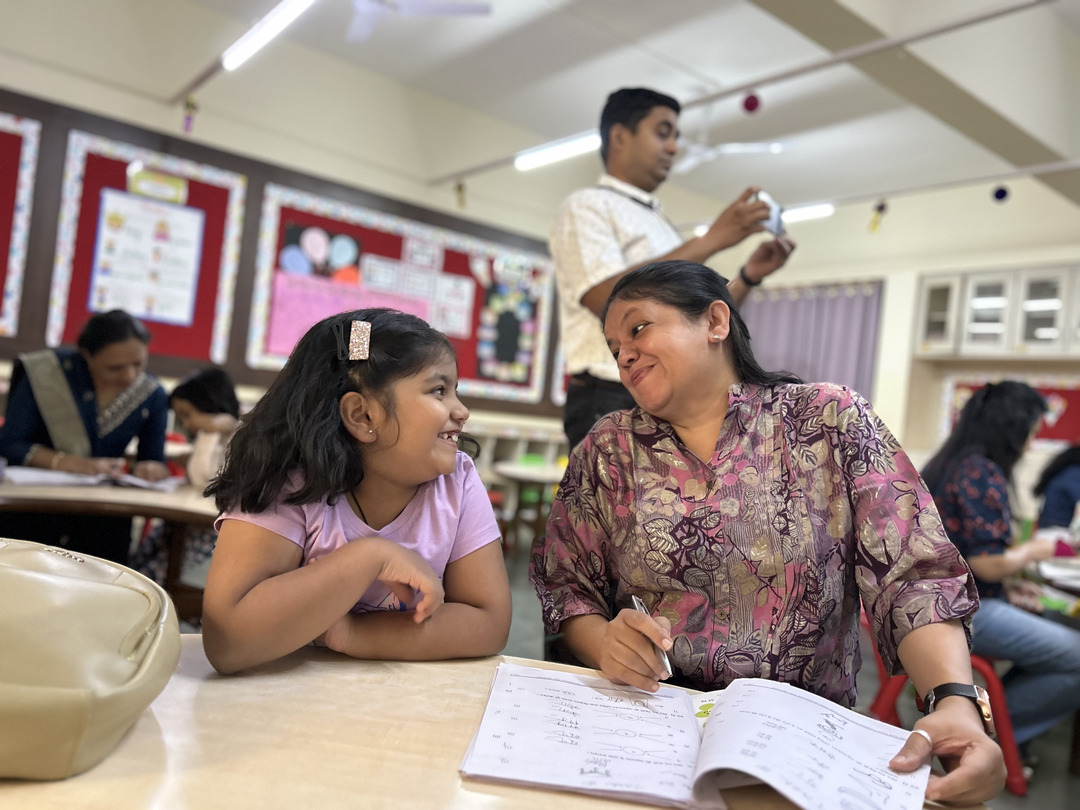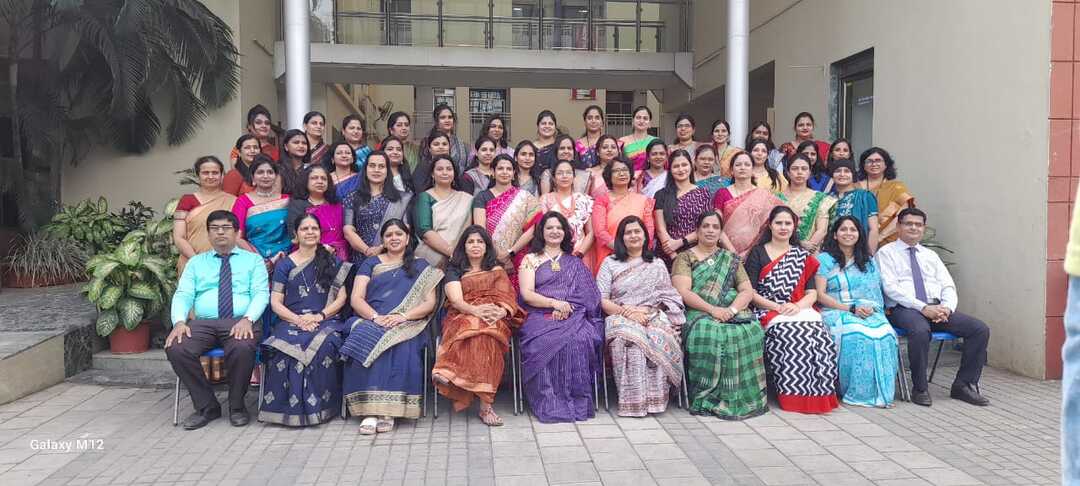
At primary level the learners are exposed to foundational skills contributing towards holistic development, conceptual understanding, critical thinking and creativity. Learning experience from Grade 1 to Grade 4 is interactive, comprehensive and engaging, focusing on developing a strong base for all subjects. To make the concepts clear and engaging, visual aids, experiments, and field trips are organized. In addition to academics, there is a strong focus on developing social, emotional, and cognitive skills. The approach is child-centered, ensuring that learning is not just about rote memorization but about understanding, creativity, and problem-solving.
Middle school is a preparatory phase for future academic success. It provides students with the skills and knowledge necessary to excel in high school and beyond. Critical thinking and problem-solving are at the core of lifelong learning. Learning at Wisdom high is amalgamation of theoretical and practical knowledge with lots of hands-on experience. Project-based learning, inquiry-based learning and experiential learning are some of the methods used to involve students of different intelligences. Teachers support our learners by taking the time to explain concepts during their free periods and offering additional practice worksheets. For tender students, remedial classes are held to strengthen their foundational knowledge.
Secondary school is a critical phase in a student's educational journey! It is a time for exploration, growth, and development. Students learn essential skills, subjects, and values that prepare them for future success! In the Secondary section, the key focus is on areas such as Personal development of the child; technological integration through digital literacy, software applications and use of online resources; Assessment and evaluation that forms a continuous process; and extra-curricular activities such as sports, fitness, clubs, arts, culture, careers and internships. Idealistic learning at the secondary school level emphasizes the development of students; intellectual, moral, and emotional potential, focusing not just on academic achievement but also on fostering values such as critical thinking and empathy. It encourages students to explore their passions, engage in self-discovery, and think beyond mere facts and figures. This approach aims to inspire a sense of purpose, helping students to see their education as a pathway to contribute meaningfully to society. By promoting creativity, collaboration, and ethical awareness, idealistic learning at the secondary level empowers students to envision and work towards a better future.

WHIS follows two types of assessments- formative and summative. Assessment is the use of a variety of procedures to collect information about learning and instruction. Formative and summative assessment represent two classifications of assessment, each with a distinct purpose. Formative assessment is commonly referred to as assessment for learning, in which the focus is on monitoring student response to and progress with instruction. Formative assessment provides immediate feedback to both the teacher and student regarding the learning process. Summative assessment is commonly referred to as assessment of learning, in which the focus is on determining what the student has learned at the end of a unit of instruction or at the end of a grade level (e.g., through grade-level, standardized assessments). Summative assessment helps determine to what extent the instructional and learning goals have been met. Formative and summative assessment contribute in different ways to the larger goals of the assessment process.

The teaching faculty is a highly qualified team of individuals from India. The faculty views themselves as facilitators in the educational process and maintains an open-communication system with the children, teachers and students enjoy a good rapport that extends beyond the classroom. They develop a close bond with the children. A quiet respect -not fear- is the motion that they seek to inspire in their children. The teacher student ratio is 2:30 at the pre-primary & primary and 1.30 at the middle and secondary school. The school also makes significant investments in teacher training programmes. As for parent-teacher interaction, in addition to the periodic meetings, parent-orientation programmes are enhanced for parents to know the methodology of teaching their children. The teachers are selected not just based on their qualifications and experience but also their approach to their world and ability to adopt innovative teaching methods.